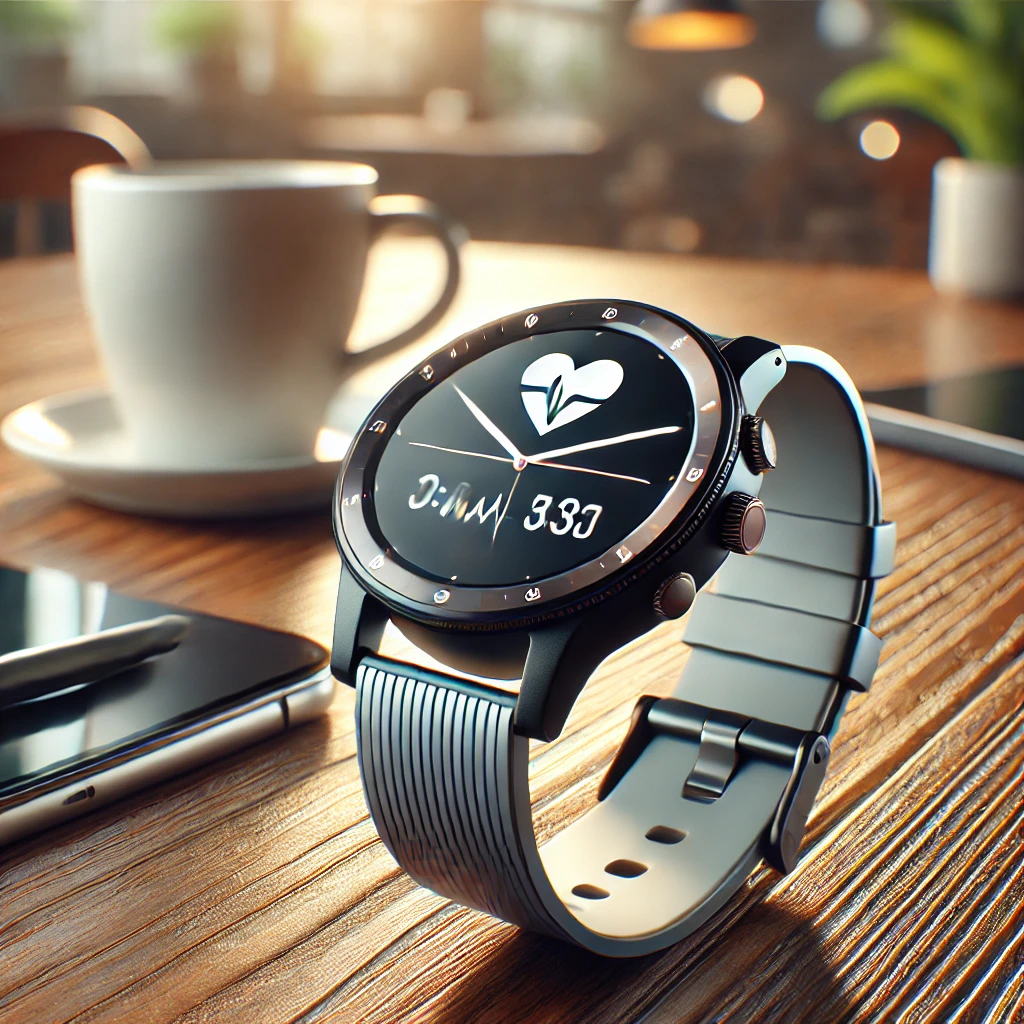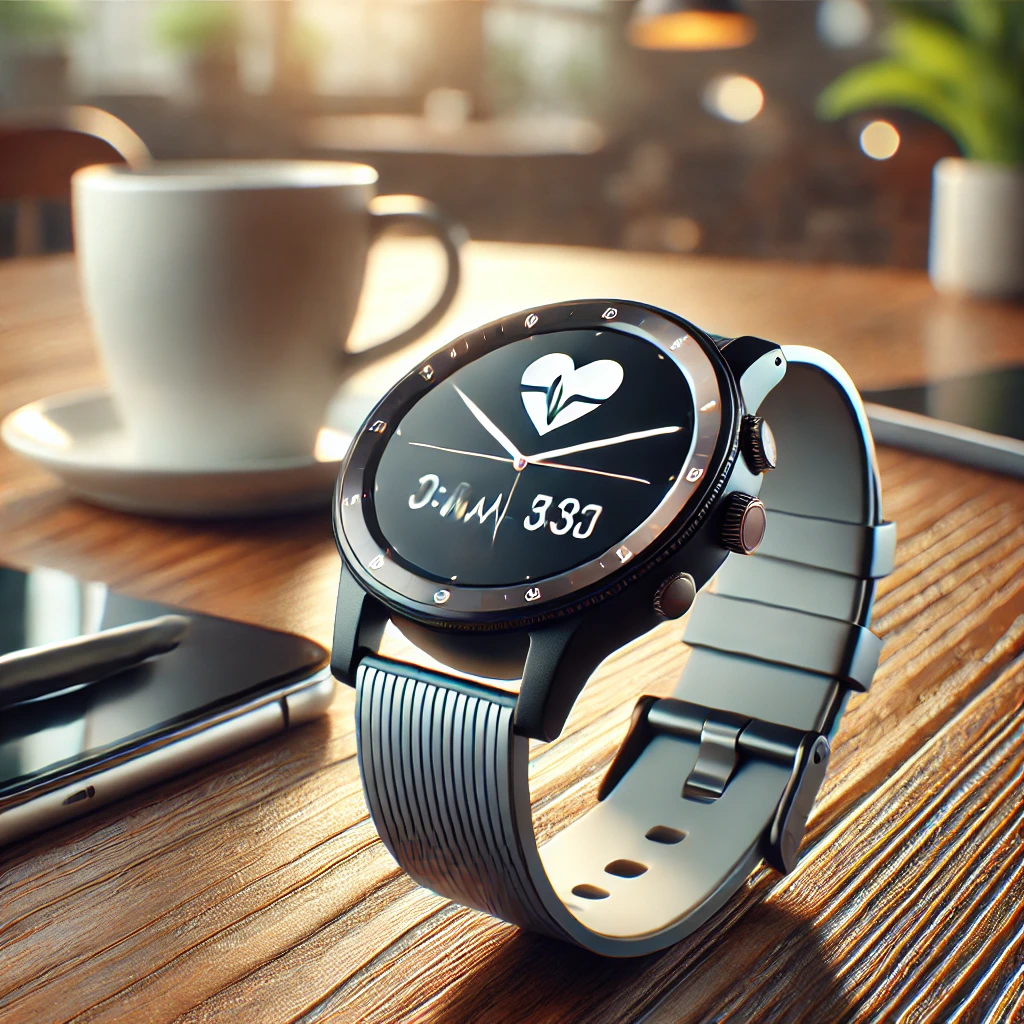
Master Your Health: 10 Things You Can Do with a Smartwatch
1. Monitor Your Heart Rate for Daily Health Management
Benefits of Regularly Checking Your Heart Rate
Heart rate monitoring is one of the most significant features of a smartwatch. By regularly checking your heart rate, you can gain valuable insights into your cardiovascular health. This feature helps detect abnormalities early, allowing for timely medical consultation. For instance, an individual experiencing a consistently elevated resting heart rate might identify stress or potential health issues earlier than they otherwise would.
How to Monitor Heart Rate in Real Time During Exercise
During exercise, knowing your heart rate in real-time can ensure you’re training within your optimal heart rate zone. For example, runners aiming for endurance can maintain a steady pace by monitoring their heart rate directly from their smartwatch. This minimizes the risk of overexertion while maximizing workout efficiency.
Using Alerts to Detect Abnormal Heart Rate Values
Smartwatches are equipped with alert systems that notify users when their heart rate deviates from normal ranges. For example, during periods of rest, an unusually high heart rate might prompt you to investigate possible causes, such as dehydration or anxiety. This immediate feedback can lead to healthier lifestyle adjustments over time.
2. Use Sleep Tracking for Better Rest
How Smartwatches Measure Sleep Duration and Quality
Smartwatches analyze your sleep patterns by monitoring movements and heart rate variability. They distinguish between light, deep, and REM sleep phases, giving you a detailed overview of your nightly rest. A professional with a demanding schedule might use this data to identify patterns that lead to feeling rested versus fatigued.
Using Sleep Data to Improve Daily Habits
By reviewing trends, such as late-night screen usage affecting sleep quality, users can make informed changes to their routines. For instance, reducing caffeine intake after a specific hour could significantly improve sleep duration and depth, which will be reflected in smartwatch reports.
Optimal Wake-Up Timing Based on Sleep Cycles
Using smartwatches’ alarm functions that sync with your sleep cycle ensures waking up during lighter sleep phases. For example, rather than being jolted awake during deep sleep, a tailored alarm wakes you feeling refreshed and ready for the day ahead.
3. Build an Exercise Routine with Activity Tracking
How to Easily Track Steps and Distance
Smartwatches automatically track steps, distance, and physical activity throughout the day. For instance, office workers can monitor their daily steps and set achievable goals, such as walking 10,000 steps per day, to counter sedentary lifestyles. This data can motivate users to make conscious efforts to stay active.
Monitoring Calorie Burn for a Healthier Body
By integrating activity data with calorie tracking, users gain a clearer picture of their energy expenditure. For example, someone trying to lose weight can monitor the calories burned during activities like walking or jogging and adjust their diet accordingly, creating a balanced approach to health and fitness.
Incorporating Movement with Activity Reminders
The sedentary reminders on smartwatches encourage users to move regularly. For example, during long meetings or work hours, the watch gently nudges users to stand or take a short walk, promoting better circulation and reducing health risks associated with prolonged sitting.
4. Protect Mental Health with Stress Management Features
How to Measure Stress Levels and Interpret the Data
Smartwatches measure stress by analyzing heart rate variability. Users can identify periods of high stress throughout the day. For instance, noticing elevated stress levels during commute hours might prompt someone to explore alternative routes or relaxation techniques to alleviate stress.
Reducing Stress with Guided Breathing Exercises
Many smartwatches include guided breathing exercises to help users relax. For example, a 2-minute guided breathing session during a busy workday can significantly lower stress levels, allowing users to refocus and improve productivity.
Encouraging Regular Breaks with Reminders
With regular reminders to take breaks, smartwatches support mental well-being. For instance, a smartwatch might suggest a short meditation session during peak work hours, helping users reset and stay balanced throughout the day.
5. Improve Efficiency with Smart Notifications
Convenience of Checking Notifications on Your Wrist
Smartwatches allow users to view notifications without reaching for their smartphones. For example, a parent can quickly glance at school updates during meetings without disrupting the workflow, keeping them informed and productive.
Never Miss Important Calls or Messages
By syncing with smartphones, smartwatches ensure users never miss important calls or messages. For instance, a user jogging in a park can see an urgent message and respond promptly without interrupting their exercise routine.
Managing Schedules with Calendar and Reminder Features
Smartwatches integrate seamlessly with calendar apps, offering timely reminders for appointments or deadlines. For example, a student preparing for exams can receive reminders for study sessions, ensuring they stay organized and on track.
Conclusion
Smartwatches offer a wide array of features that contribute to improved physical and mental well-being. By utilizing functions like heart rate monitoring, sleep tracking, and stress management, users can enhance their daily lives. Additionally, activity tracking and smart notifications provide convenience and motivation to achieve a balanced lifestyle. Whether you’re a fitness enthusiast or a busy professional, these devices adapt to your needs, making them a valuable addition to your health journey.


Comment